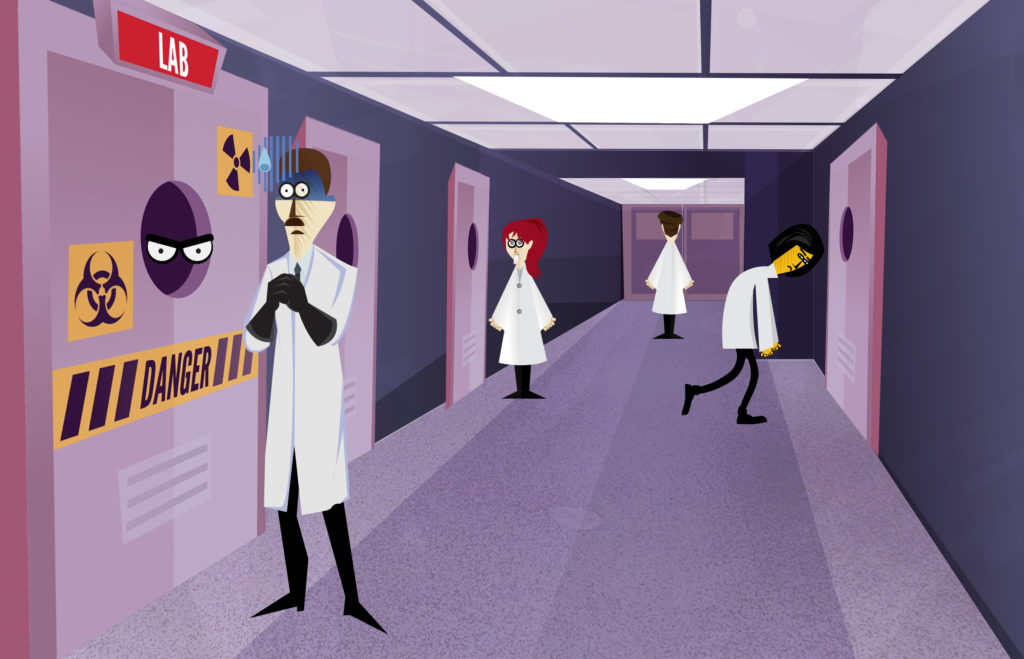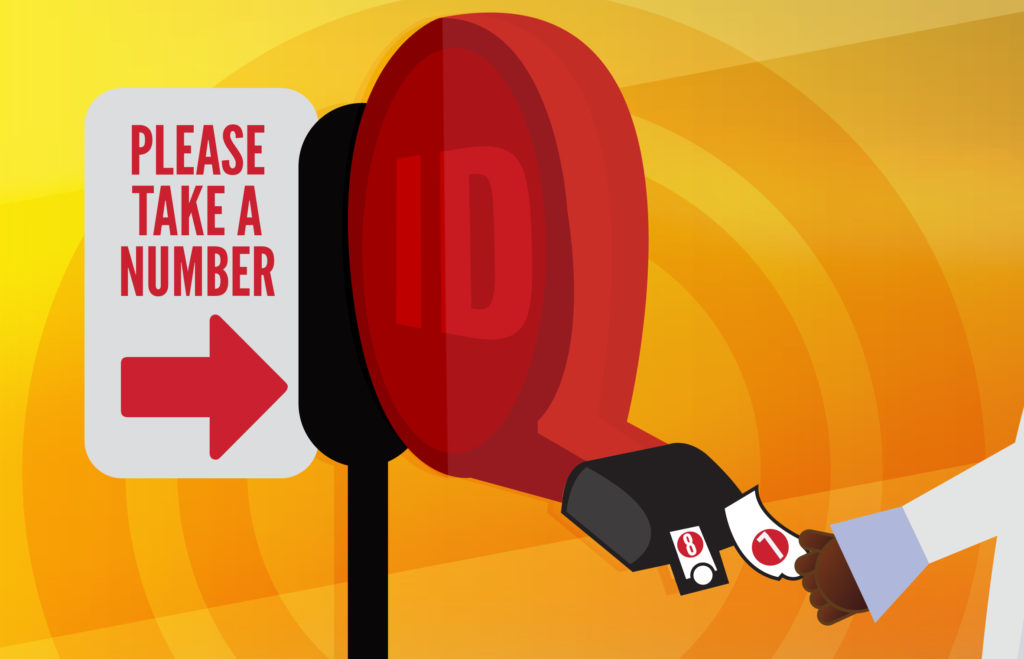Making Research More Credible for Public Consumption
“In the 17th century, many scientists kept new findings secret so that others could not claim the results as their own. Prominent figures of the time, including Isaac Newton, often avoided announcing their discoveries for fear that someone else would claim priority,” stated the authors of On Being a Scientist: A Guide to Responsible Conduct in Research.
Henry Oldenburg, the secretary of the Royal Society of London and theologian, worked out both the practice of ensuring an author’s credit and sending out manuscripts to experts who could weigh in on their validity all the way back in the 17th century.
“Out of these arrangements emerged both the modern scientific journal and the practice of peer review,” stated On Being a Scientist.
The Embargo Date
The discoveries that research communications divisions are responsible for relaying are breathtaking. It’s up to the research enterprise at each and every university to herald their faculty members’ new theories, inventions and funded projects. But beautifying science for prime time is about as difficult as readying an ingenue for the screen – and it perhaps garners even less recognition.
First, honor the embargo date, stated Jeannie Kever, a former science writer for the University of Houston (UH), referring to the release date set for scientific findings. Those are often set by the journal in which the work is published but can also be set by the institution itself. “In some cases, scientists may post a COVID-related findings before peer-review, just because of their pressing nature. But stories with an embargo date should be honored by both universities and the news media.”
It is just as important who the science research enterprise’s audience is, as to what they’re actually reporting. Meaning, some discoveries are so niche, that without some fancy footwork on the part of research communications, no one would read or hear about them at all. Who wants to point to an article in some never-before-heard-of journal?
Media Relationships
Kever spent more than 30 years as a newspaper reporter before joining the university’s media relations team, which submits press releases on scientific findings and other topics to a variety of news outlets. As a former news reporter, she knows the value of university media relations and research communicators who understand the media’s needs and can recommend specific faculty experts for a media push.
Shawn Lindsay, executive director of media relations and social media for the University of Houston, put it this way: “We don’t just blast it into the media ether to see what sticks – we develop lists of reporters and publications based on the specific subject matter.”
Faculty, of course, have academic freedom and can talk to and write for any media they choose to, Kever said. But university communicators tend to focus on promoting science-driven results. “It’s all about making choices.”
Controversy & COVID
But, what if a faculty member is making some odd choices, themselves? Perhaps they’re being interviewed by a less-than-reputable source. Lindsey said, on the other hand, that if the findings just conflict with public opinion, so be it. “Sometimes it is to be expected and does not dictate our editorial decisions. In fact, a bit of controversy may be to our benefit in terms of additional media attention.”
Beaker-ready experiments get precedence from federal funding agencies. Faculty studying COVID-related issues were given the highest priority ever since 2020.
“Specifically with COVID-19, it was important that we shared what our researchers were doing in the fight against coronavirus, even before we knew the results of any given study,” continued Lindsey. “The fact that they were doing it at all was newsworthy.”


